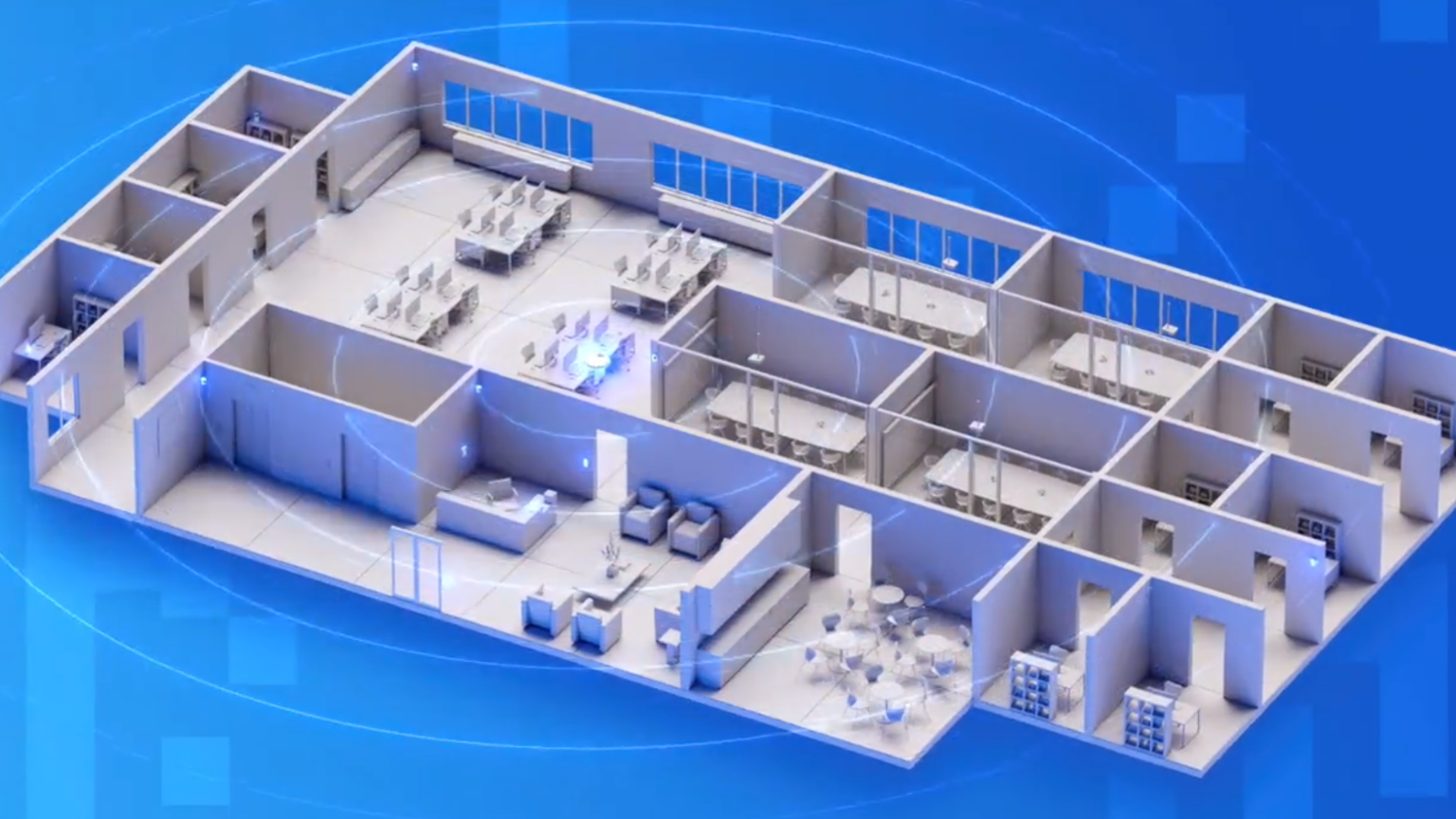Have you notice slow Internet speed at some areas of your home? This can be caused by your wireless Access Point location. Whether you have a modem, router or wireless AP at home or apartment, slow Internet speed can be frustrating and even worse when in a work from home environment. Selecting the right equipment and location can make a difference.
Today’s all connected home and smart homes Wi-Fi speed and performance rely on two of these most important factors, choosing the right wireless Access Point and the best location for your wireless AP.
First, choose the right Router
Internet companies and ISP providers supply a modem with your subscription. Generally these modems comes with basic features and moderate signal range that can cover your modem location area but walls weakens the Wi-Fi signal.
Check with your Internet provider available modem equipment options. Notice that better equipment may come with extra charges. Also, ask for dual-band and band steering as modern modems and routers comes with 2.4 GHz and 5 GHz spectrum.
Standard 2.4 GHz band can give you a coverage up to 50 feet indoors and about 300 feet outdoors while with 5 GHz band, you will get about 50 feet of reach coverage depending on the manufacturer, the equipment itself and the location your equipment is installed.
Security matters when using Wi-Fi at home or office
It’s recommended to use a different router for Wi-Fi wire connected to the one provided by your ISP as these comes with default configuration settings like Wi-Fi password, admin panel username and password and Guest Wi-Fi network available along with the primary Wi-Fi network.
Wireless Routers and AP’s comes with different wireless encryption protocols. WPA3 is the most most up-to-date wireless encryption protocol and secure choice, but some routers or wireless AP’s do not support WPA3. In that case WPA2 is the best option. After installation, make sure to change both, Wi-Fi and Admin panel passwords for a more secure one and make then different.
Place your router for optimal Wi-Fi network performance
Place your router or wireless AP near the center of the intended coverage area and make sure is mount in a higher location like table, desk or any shelf at 30 inches or more from the floor.
As walls reduces signal strength, minimize the number of walls and large objects between your router or wireless AP and client devices. Also, keep away from the kitchen, as metal, stone, and glass surfaces which can block Wi-Fi signals like brick or concrete walls, solid metal doors, fish tanks, and mirrors.
Another factor that weakens Wi-Fi signal is interference produced by other electronic devices. Install your router or wireless AP away from microwaves, ceiling fans, cordless phones, wireless devices, baby monitors, smart TV’s, video game consoles and home security systems by at least 4 feet between.
Like any other electronic device Wi-Fi modems, routers and Access Points needs to vent. Avoid placing the equipment behind or inside cabinets that can blocks air as this can cause overheating that can slowdown performance or even damage the equipment.
Final considerations
If you are planing to install Internet with a Wi-Fi router at home or office, ask your service provider to evaluate the best location before the installation. If already have Internet and Wi-Fi and your signal is week or the equipment is not near the center of the desired coverage area, consider a IT Support Service like Brooklyn Tech Support to evaluate your Wi-Fi performance and relocate your router or Access Point to a better location for optimal performance.

